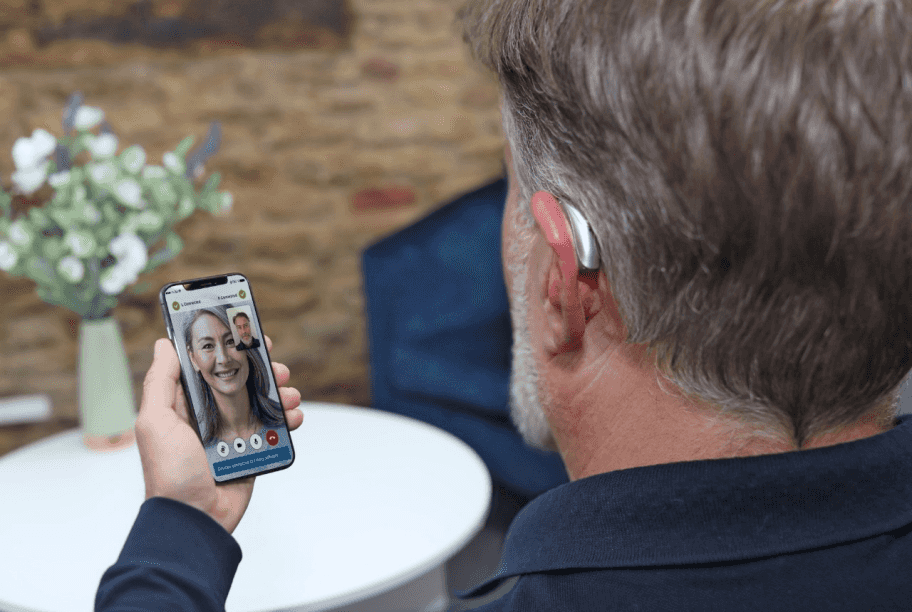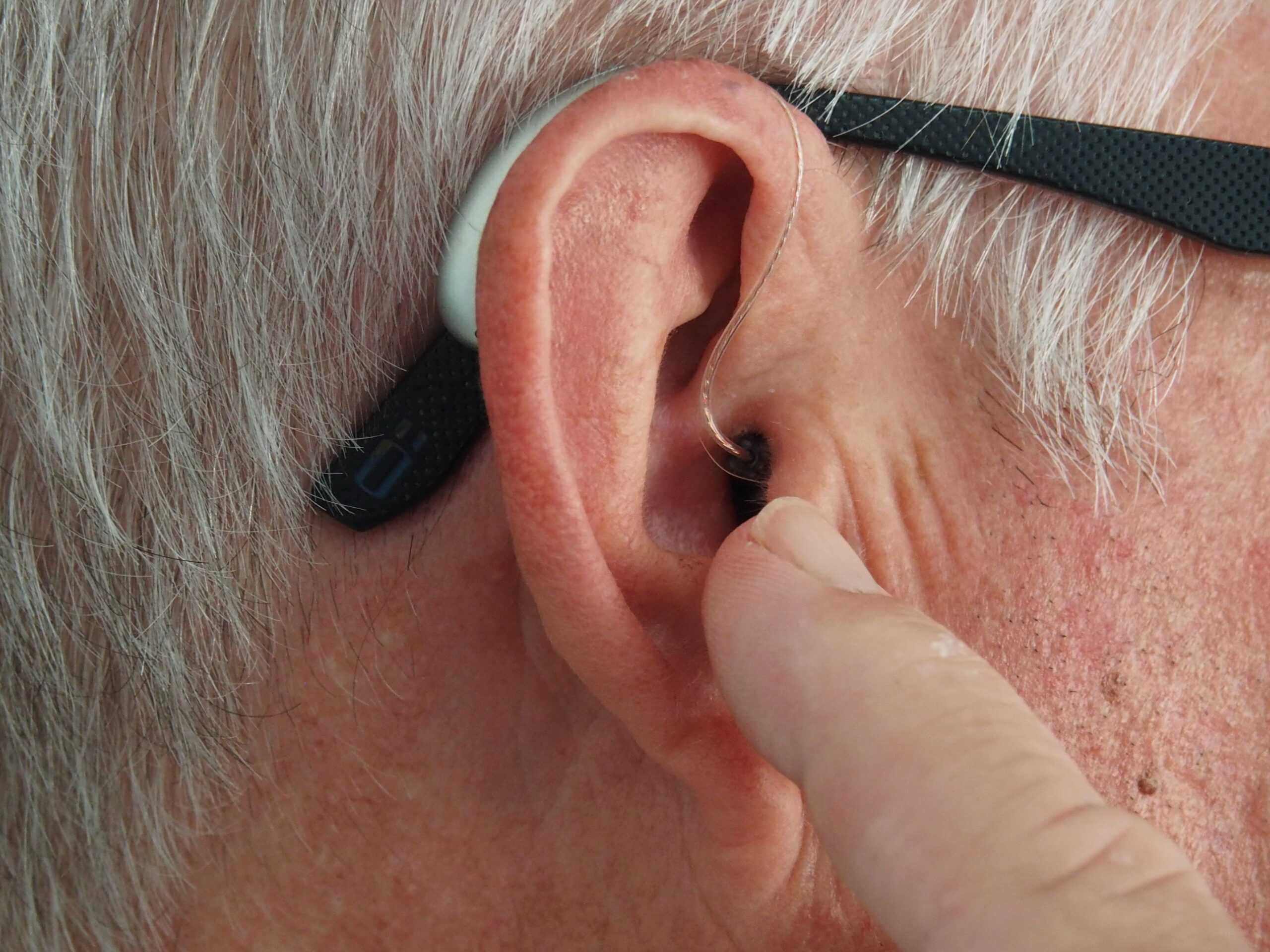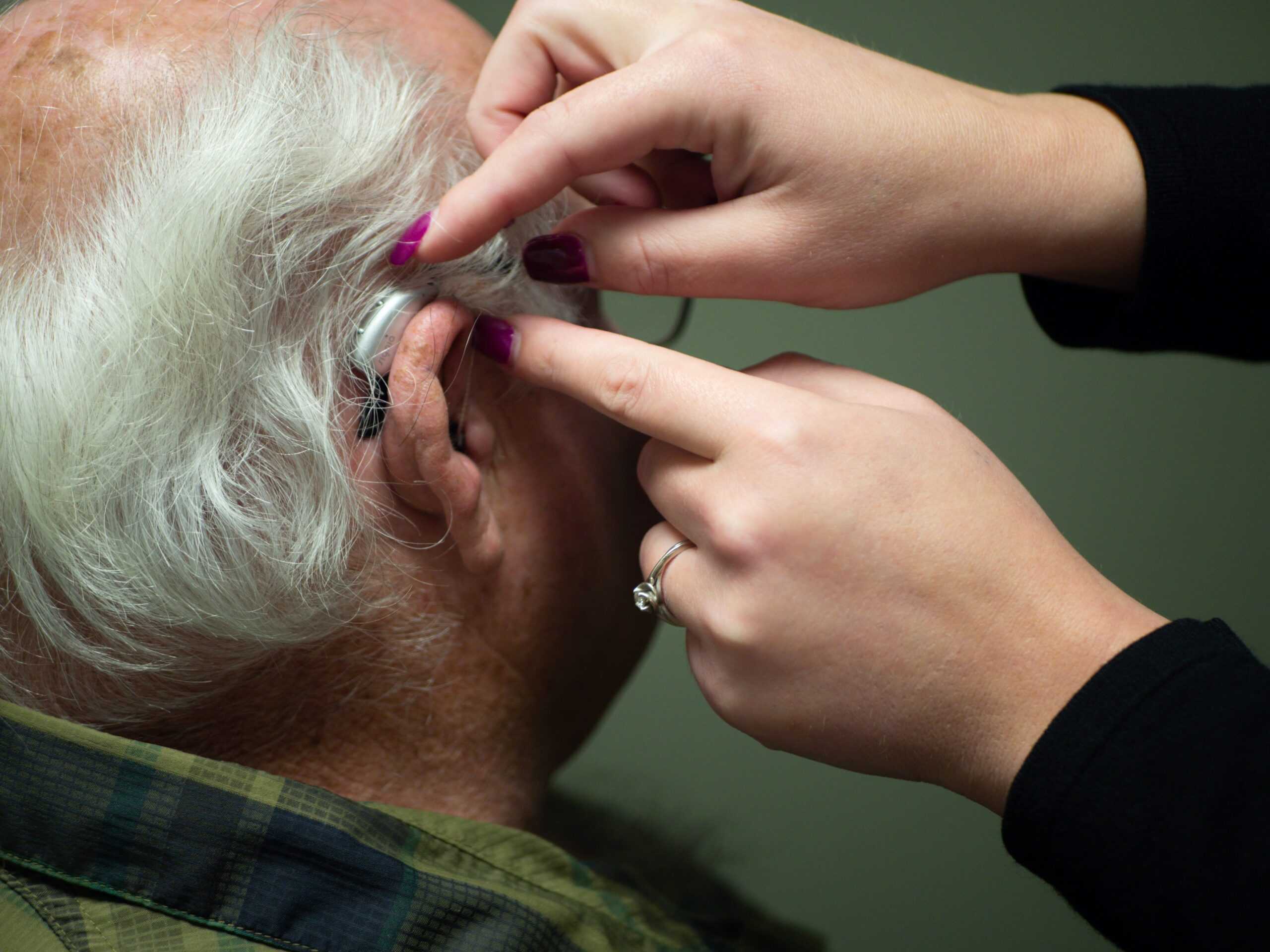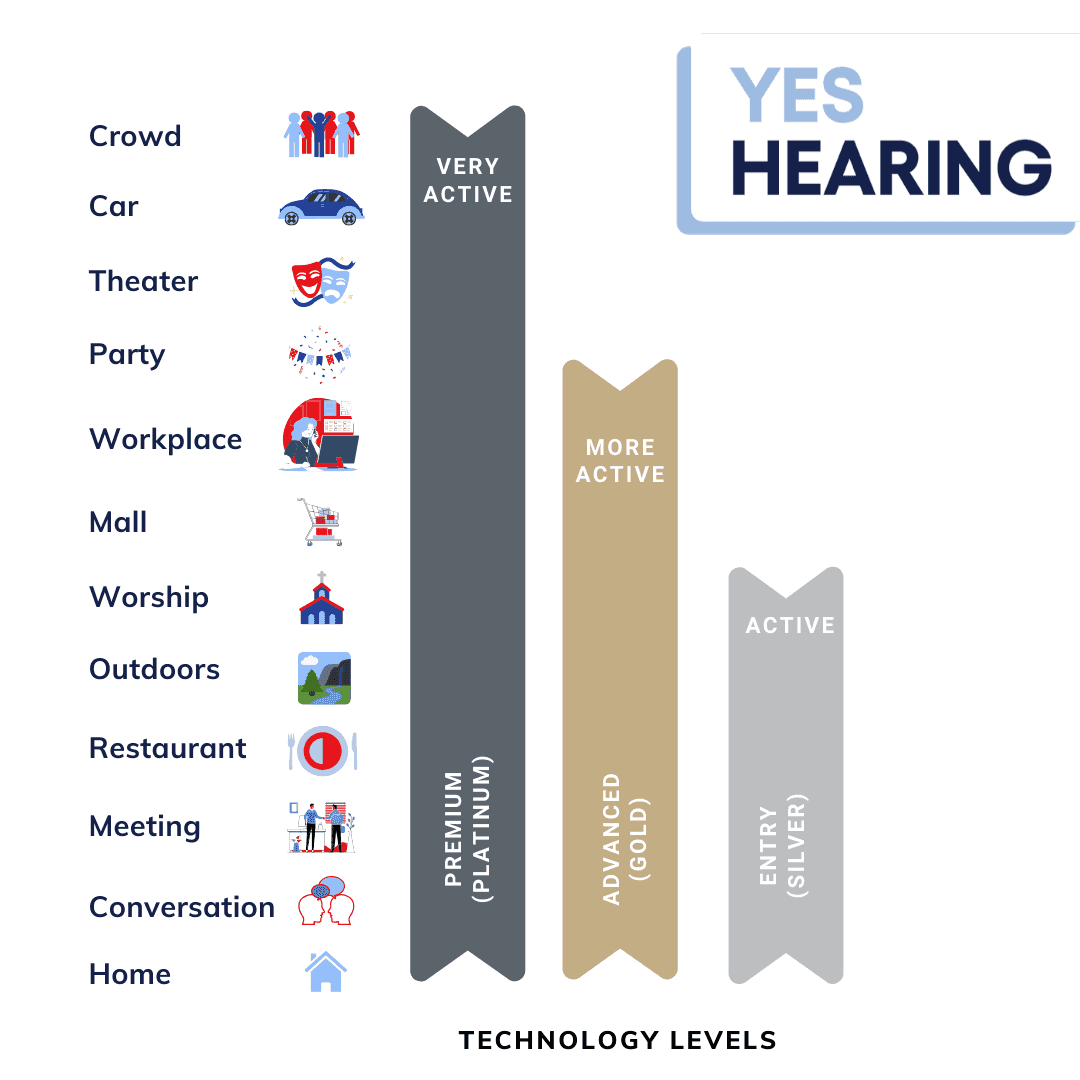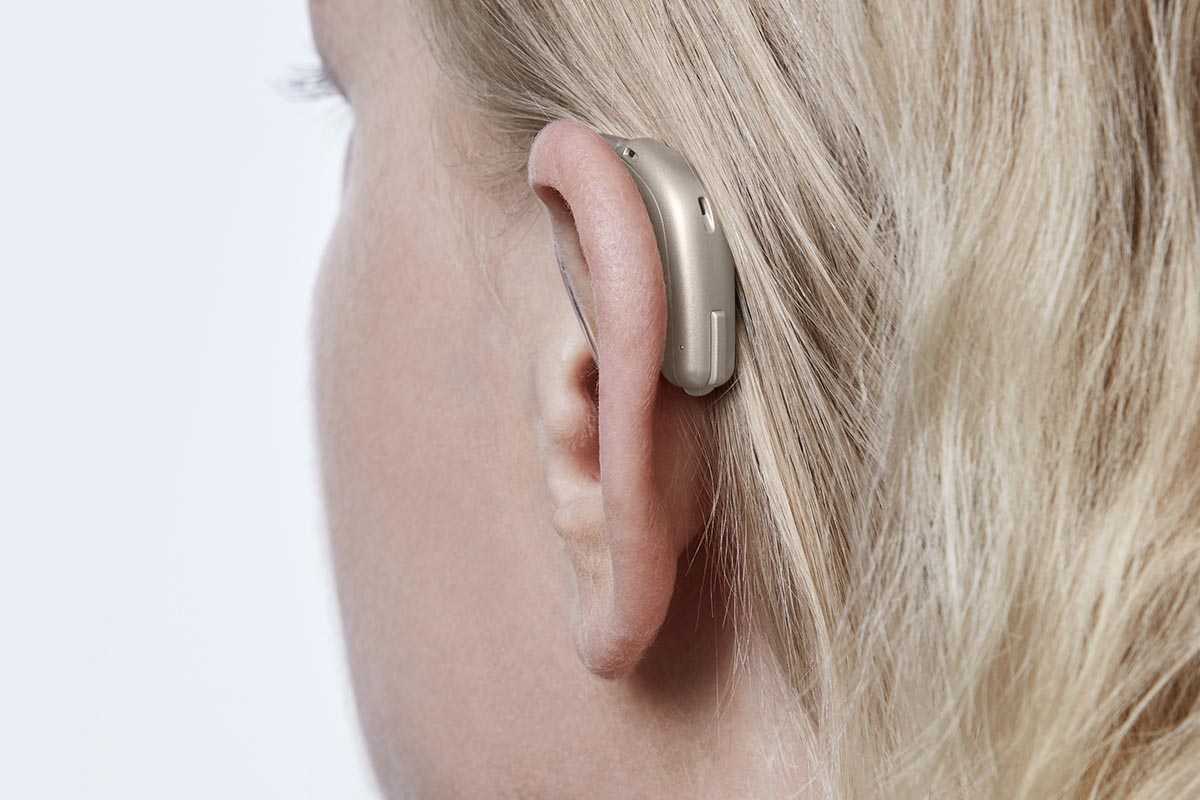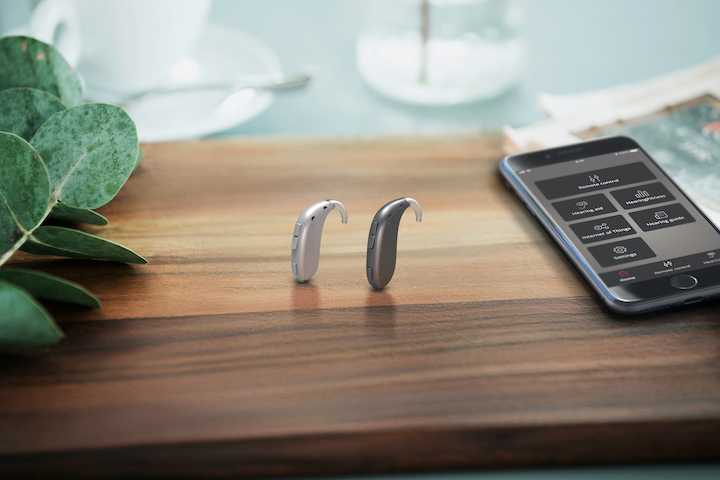Article
The Top 12 Ways to Test Your Hearing At Home

Are you wondering if you or a loved one is experiencing hearing loss?
Hearing loss affects millions of people worldwide. It can have a significant impact on one’s quality of life, communication, and mental health.
However, many people are unaware of their hearing problems or reluctant to seek professional help. Fortunately, there are simple ways to start testing your hearing without a specialist.
Here’s a list of a dozen ways to test hearing at home, including self-assessment questionnaires, hearing loss simulators, and tone tests. While these methods are not substitutes for proper tests by qualified hearing professionals, they can give you some indication of whether you need further evaluation or treatment.
Information is your greatest asset in this process, and these tests offer insight into your hearing health.The following online and offline tests will aid you on your diagnostic journey.
1. The Hearing Handicap Inventories for Adults (HHIA)
This is a self-assessment questionnaire that asks about specific situations where hearing may be difficult, such as talking on the phone or in a noisy environment.
The survey asks questions about the quality of your hearing in specific situations, such as talking on the phone or having a conversation in a noisy environment, as well as your emotional responses to hearing difficulties. Feeling embarrassed or paranoid can be indications of hearing loss.
The HHIA is easy to do yourself and can be a comfortable way to assess your own hearing.
2. The hearing loss simulator
The CDC’s hearing loss simulator is an online tool that allows you to experience what it might be like to have different degrees of trouble hearing.
By listening to simulated sounds with different levels of amplification and clarity, you can get a sense of how hearing problems impact your ability to communicate.
This online test is perfect if you have a loved one you believe is suffering from hearing problems and want insight into what they experience.
By adjusting different settings to recreate various noises and levels of foreground and background sounds, you can begin to understand why living with hearing loss is frustrating and overwhelming.
This helps you sympathize with those who have trouble hearing. It also helps with knowing if what a loved one is describing is in fact hearing loss.
3. The whisper test
The whisper test is easy to do, but you’ll need two people to administer it.
Stand several feet in front of whoever has agreed to help you. Cover one of your ears and ask this person to whisper a series of words and numbers. Repeat back whatever you can hear them say. Do this same process with your other ear.
Once the test is over, see if you were able to correctly repeat back what they said. The test identifies if you are experiencing hearing loss in one or both ears. While it doesn’t check the full range of hearing, it’s a starting point for identifying challenges.
4. The finger rub test
You don’t need anyone to help you with this one.
Hold your hand up by one of your ears. Rub your fingers together and listen to this sound. Try this with your other hand and your other ear. Compare how well you heard this sound with each ear.
If there is a distinct difference between the hearing in your ears, you may have hearing loss. You can use one of the other tests from this list to get more clarity on the severity.
5. The stethoscope test
If you have access to a stethoscope, wear it and experiment with listening to different sounds to see if you can hear them.
Can you hear the ticking of a clock or the sound of water running?
If you are unable to detect these noises or hear them clearly enough to distinguish between them, it may indicate hearing loss.
6. The white noise test
White noise is a sound that contains all the frequencies audible to the human ear, and it can help identify hearing loss.
To perform this test, find a white noise generator or app that you can play on a speaker or headphones. Start by setting the volume at a comfortable level, then gradually increase it until you can hear the white noise. Next, gradually decrease the volume until you can no longer hear it. Note the volume level at which you could no longer hear the white noise.
This can give you an idea of your hearing sensitivity and whether you may have hearing loss. If you need to turn the volume up high to hear the white noise, it may be time to seek professional help and get your hearing tested.
7. The speech-in-noise test
This test is designed to evaluate your ability to understand speech in a noisy environment, which is a common problem for people with hearing loss.
To perform this test, listen to a recording of someone speaking in a noisy environment, like a restaurant or party, while wearing headphones or earbuds — the kind without noise canceling. The test will measure your ability to distinguish speech from the background noise and understand the words being spoken.
There are a variety of online tools offering speech-in-noise tests that are free and can be taken in the comfort of your own home.
If you experience difficulty understanding speech in a noisy environment, it may be an indication that you should have your hearing tested by a professional.
8. The tone test
If you suspect you have hearing loss, but only when it comes to certain sounds, a tone test is for you.
There are several accessible programs and apps that isolate tones. Use a tone-generating app to experiment with which ones are hard to hear.
This test can help you identify if you’re having trouble hearing certain pitches.
9. The music test
Similar to the tone test, you can use music to figure out more about your hearing problems. Wear headphones and listen to the music of different genres.
Can you distinguish which instruments are playing? Are there certain instruments or ranges of notes you have difficulty hearing?
This information is useful in identifying what type of hearing loss you’re suffering from.
10. The word test with audiobooks or podcasts
Hearing loss can be evident only in certain situations. This test helps recreate the variables of one such situation.
Wear headphones and listen to an audiobook in a crowded setting, like a coffee shop or public transportation. If you can’t make out the words of the audiobook over the background noise, it may indicate hearing loss.
11. Low-stress hearing loss test
This free test from Hearing Test Online may be ideal if you’re feeling especially tense about testing your hearing.
The directions are written out in clear and accessible language. You receive your results in real-time along with detailed instructions on how to interpret them. You can also print out these results. An additional bonus is the quality of the sounds you listen to; they’re calming bird cries, so taking the test itself may be a soothing experience.
To the left of the test is a sympathetic note from Stephane Pigeon, who created the test, in which he shares that he experienced a hearing incident and understands the anxiety it can cause.
12. How to test baby hearing at home
The clap test is a simple and quick method to check if a baby’s hearing is developing appropriately.
- Wait until your baby is in a quiet and alert state.
- Stand behind your baby, or hold your baby facing away from you.
- Clap your hands once, loudly and clearly, near your baby’s ear.
- Observe the baby’s reaction. If your baby startles, blinks, or looks toward the source of the sound, it is a good indication that they can hear properly.
This is not a definitive test and should not replace a professional hearing assessment. If you have any concerns about your baby’s hearing, you should consult with a pediatrician or an audiologist for a comprehensive evaluation.
It’s challenging to figure out if a child has hearing problems when they’re unable to articulate what they experience. However, early detection and intervention are vital to helping a child who is hard of hearing or deaf reach their full potential.
Next steps: Professional hearing test
After completing these tests and confirming whether or not you or a loved one has hearing loss, you might wonder what the next steps are. Seeking advice from a medical professional is a priority, and Yes Hearing makes this convenient.
Visit our website and schedule a free consultation with a Yes Hearing specialist today. Our specialists can answer your questions, advise you on the next steps, and guide you toward solutions for your specific needs.
Subscribe to our mailing list
Be the first to hear about latest news, content, and more by subscribing to our mailing list. Check your inbox for a confirmation email!

